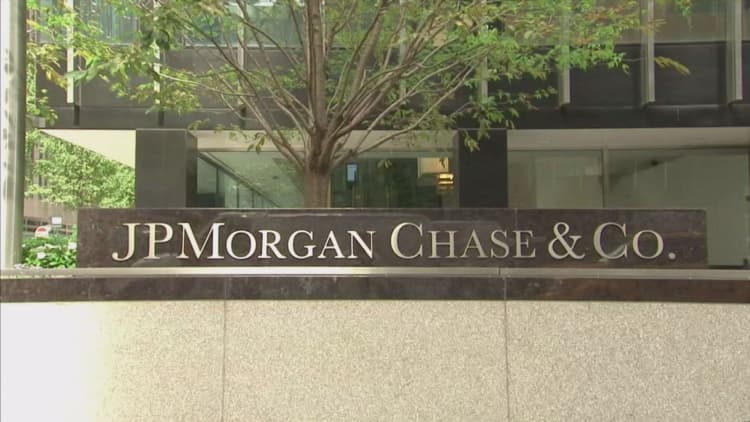
JPMorgan Chase sacked the head of its government debt trading desk and another employee after they allegedly circumvented the bank's compliance procedures following a disagreement in valuing certain trades, said people familiar with the matter.
Andrew Lombara, then head of US Treasury trading at the bank, and Chi Lee, a junior Treasury trader, both left the bank in early January but the reasons for their departure were not disclosed publicly.
The traders and the bank's valuation committee disagreed over the amount of reserves taken for certain Treasury trades known as strips, the Financial Times has learnt.
The JPMorgan traders wanted to increase the size of the reserve and went around the valuation committee to do so, said people familiar with the matter. JPMorgan believed this subsequent move violated internal bank procedures and fired the traders, they added.
In filings submitted to the Financial Industry Regulatory Authority (Finra) on January 8 about each man, JPMorgan wrote: "The Firm determined that the employee did not adhere to certain control processes."

Finra told the Financial Times that it was in the early stages of examining the traders' dismissal. "As with other terminations like theirs, Finra is in the process of reviewing the reason for the termination," said a spokeswoman for the Wall Street regulator.
The valuation dispute came amid intense pressure on banks' fixed-income trading businesses, which have been hit by a combination of much tougher regulation, a shift to electronic platforms and prolonged bouts of risk aversion among clients.
JPMorgan, the market leader in several categories, has weathered the storm better than most, but even its revenues from trading debt, currencies and commodities have dropped by almost one-fifth over the past five years.
More from The Financial Times :
Beijing muzzles tycoon critic known as The Cannon
Anshu Jain to join online lender SoFi
Europe enters the age of disintegration
Strips, or "separate trading of registered interest and principal of securities", allow investors to trade interest payments derived from Treasury securities separately from the principal. They are created by banks from existing Treasuries.
Banks mark Strips at fair market value, but they also set aside liquidity reserves to protect against any downside because the market trades infrequently and Strips may be hard to sell in volatile periods. Under accounting rules, the reserves are deducted from the bank's profit-and-loss statement.
The traders went around the valuation committee by taking existing, liquid Treasury trades, and turning them into the more illiquid Strips, increasing the size of the Strips book and thereby increasing the overall reserve, these people said.
Mr Lee did not respond to messages to his personal email address. Mr Lombara's lawyer, William J Foster, declined to comment. JPMorgan also declined to comment.
Strips trading was last in the regulatory spotlight more than two decades ago when in 1994 Joseph Jett, former head of government bond trading at Kidder, Peabody & Co. was fired amid allegations that he falsely reported $348m profits on government-strips trades that masked losses of nearly $100m over two and a half years.
The Securities and Exchange Commission sued Mr Jett. An administrative law judge found him liable, barred him from the brokerage industry and ordered him to pay a fine.
Banks are not required to disclose their Strips holdings separately from other Treasury securities, so the size of JPMorgan's position is not clear. The total strips market is about $217bn, according to data from the US Treasury.

